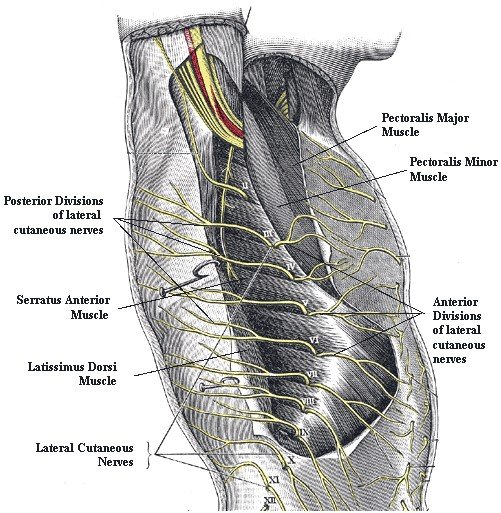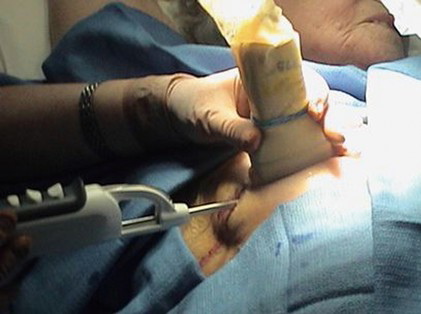
Pericapsular Nerve Group Block
The nerves targeted in a PENG block are the pain-sensing nerves of the anterior capsule of the hip joint, with some extension to the obturator nerve making this an effective block for femoral neck fractures, intertrochanteric femoral fractures, pubic ramus fractures, acetabular fractures, and hip dislocations. The pericapsular nerve group








